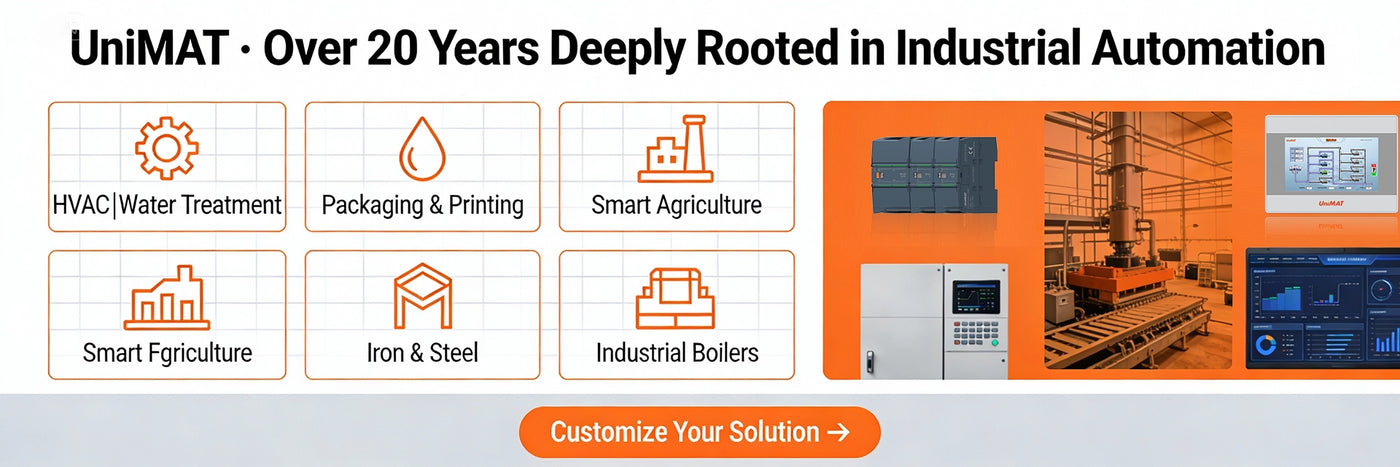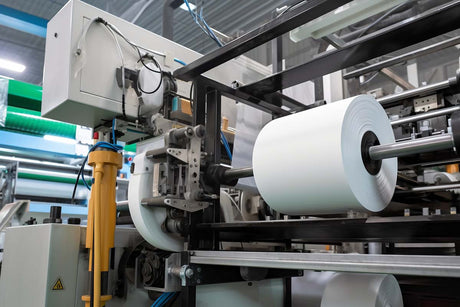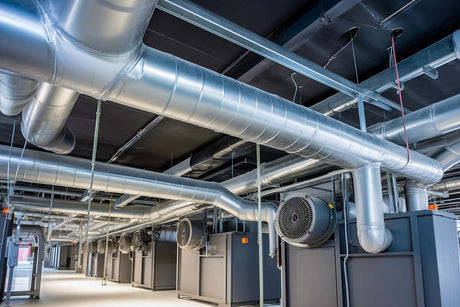
TK3000 Successfully Tested at Ansteel, Wins High Praise
By UniMAT
Success Announcement|TK3000 Product Successfully Tested in Ansteel's Dynamic Environment System for Wagon Tipplers,Marking a Major Upgrade in Complete Solution Capability Warm congratulations on the successful completion of testing for the...














